Entry Category: Arts
Morrison Twin Brothers String Band
Mosley, Lawrence Leo “Snub”
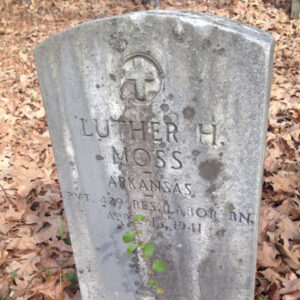 Moss Grave
Moss Grave
Mount Ida Cities Service Filling Station
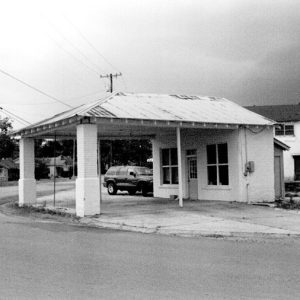 Mount Ida Cities Service Filling Station
Mount Ida Cities Service Filling Station
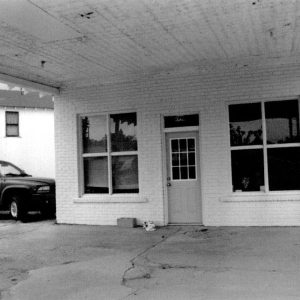 Mount Ida Cities Service Filling Station
Mount Ida Cities Service Filling Station
Mount Sequoyah Cottages
Mountainaire Hotel Historic District
 Mountainaire Hotel Historic District
Mountainaire Hotel Historic District
 Mountainaire Hotel Historic District
Mountainaire Hotel Historic District
 Much Ado About Nothing
Much Ado About Nothing
 Mulberry Home Economics Building
Mulberry Home Economics Building
Murphy-Jeffries Building
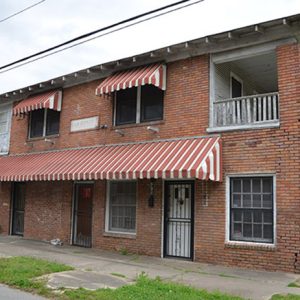 Murphy-Jeffries Building
Murphy-Jeffries Building
 Murrell-Bigger-Stone House
Murrell-Bigger-Stone House
 Murry's Dinner Playhouse
Murry's Dinner Playhouse
Murry’s Dinner Playhouse
Music and Musicians
Myers, Amina Claudine
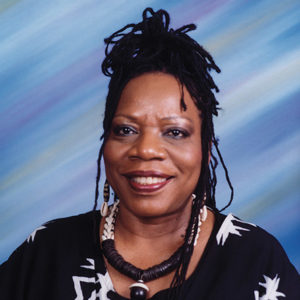 Amina Claudine Myers
Amina Claudine Myers
Nancarrow, Samuel Conlon
Nance, Jack
Nannie Gresham Biscoe House
Nashville Commercial Historic District
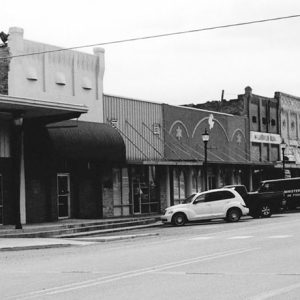 Nashville Commercial Historic District
Nashville Commercial Historic District
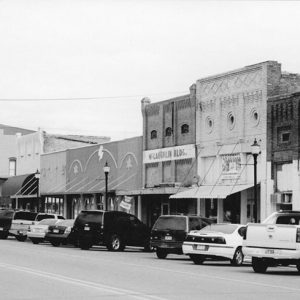 Nashville Commercial Historic District
Nashville Commercial Historic District
Nashville Post Office
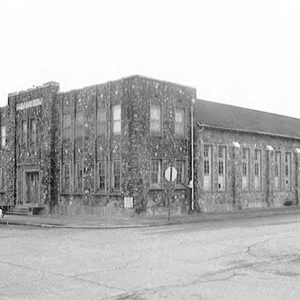 National Guard Armory [Mena]
National Guard Armory [Mena]
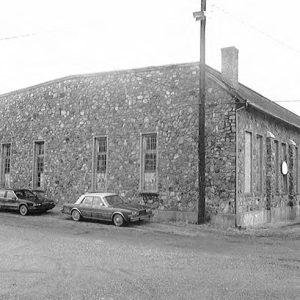 National Guard Armory [Mena]
National Guard Armory [Mena]
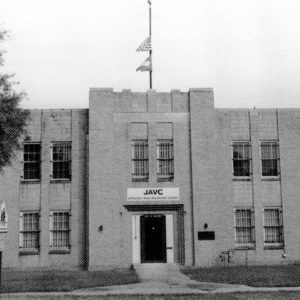 National Guard Armory [Pine Bluff]
National Guard Armory [Pine Bluff]
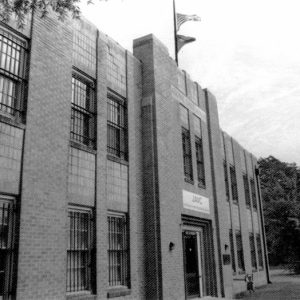 National Guard Armory [Pine Bluff]
National Guard Armory [Pine Bluff]
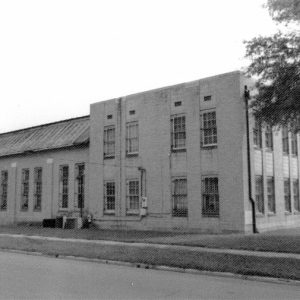 National Guard Armory [Pine Bluff]
National Guard Armory [Pine Bluff]
Native American Pottery
Ne-Yo
aka: Shaffer Chimere Smith Jr.
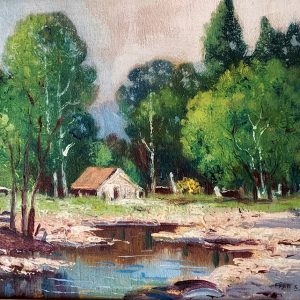 Near Eureka Springs
Near Eureka Springs
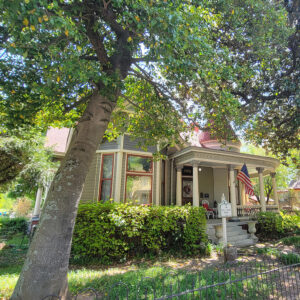 Neel-Deane House
Neel-Deane House
Nevada County Courthouse
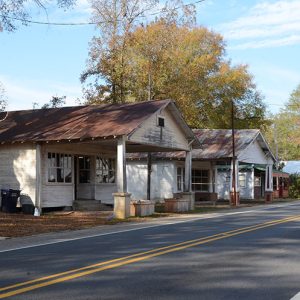 New Edinburg Commercial Historic District
New Edinburg Commercial Historic District
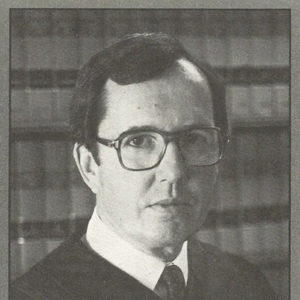 David Newbern Campaign Card
David Newbern Campaign Card
Newbern, William David
Newton County Courthouse
Newton House Museum
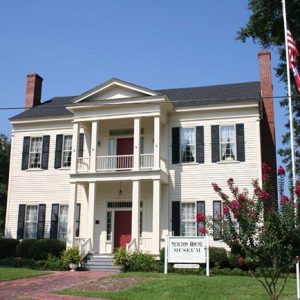 Newton House Museum
Newton House Museum
 Newton House
Newton House
Nichols, Joe
 Joe Nichols Music
Joe Nichols Music




